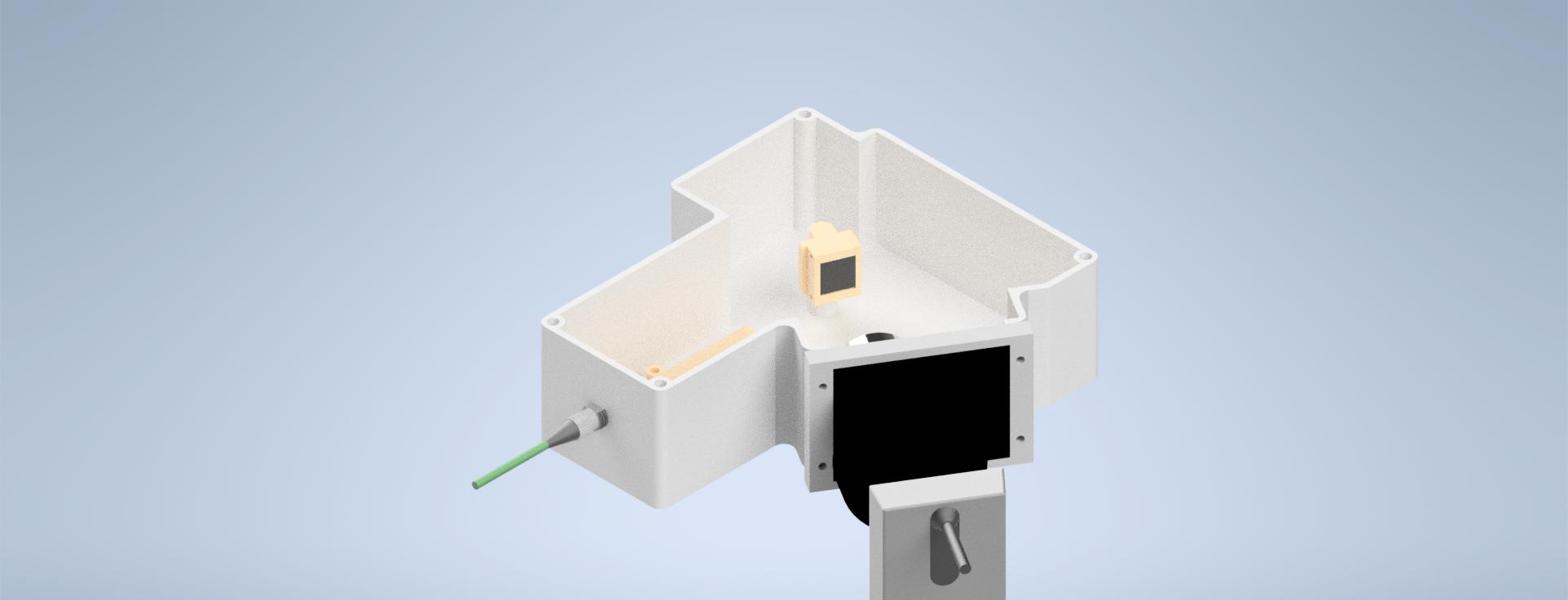In the realm of optical technologies, the ability to manipulate and transport light has long captivated scientists and innovators alike. Among the myriad of methodologies developed to harness the power of light, fiber optics stands as a beacon of progress, offering a transformative potential in the field of telecommunications, medical instrumentation, and beyond. However, an intriguing question arises: is it possible to move natural light via fibre optics? This inquiry invites a deeper exploration into the nature of light, the mechanics of fiber optics, and the implications of such technology on our understanding of illumination.
Understanding Fiber Optics
To appreciate the capability of fiber optics, one must first grasp its fundamental principles. Fiber optic technology employs thin strands of glass or plastic—termed optical fibers—which guide light through a process known as total internal reflection. When light enters the fiber at a sufficiently shallow angle, it is reflected back into the medium, enabling it to traverse considerable distances with minimal attenuation.
This attribute is particularly advantageous for transmitting signals with impressive fidelity, allowing for the delivery of data, voice, and video across expansive networks. However, the question of whether natural light—a sensory phenomenon ubiquitous in our environment—can be transported through these fibers necessitates further examination of what constitutes “natural light.”
The Nature of Natural Light
Natural light, primarily emanating from the sun, encompasses the entire electromagnetic spectrum, including visible light, ultraviolet, and infrared radiation. This phenomenon is characterized by its continuous distribution of wavelengths, allowing for the rich tapestry of colors we observe in our surroundings. Importantly, natural light is not merely a single wavelength; rather, it is a complex amalgamation of various frequencies that culminate in the illumination of our world.
When light interacts with optical fibers, it does so in discrete wavelengths. Fiber optic cables are typically designed to manipulate specific ranges of light, particularly those within the visible spectrum. Consequently, the adaptation of fiber optics to handle natural light necessitates intricate design considerations tailored to accommodate the full spectrum of solar radiation.
Technical Challenges in Transmitting Natural Light
The endeavor to move natural light through fiber optics presents several technical challenges. One of the primary obstacles is the issue of spectral dispersion. As light traverses the optical fiber, different wavelengths travel at varying speeds, leading to a phenomenon called chromatic dispersion. This can result in a blurring of the original signal when natural light is transmitted, diminishing the clarity and coherence that natural light inherently possesses.
Moreover, the incorporation of varying diameters and refractive indices in the optical fibers adds complexity to the process. The design must ensure that all wavelengths of light can be effectively guided along the fibers without significant loss. This is where advancements in materials science become pivotal, as researchers are continually exploring new compounds and designs that could potentially optimize the transmission of diverse wavelengths.
Recent Advances and Innovations
Despite these challenges, recent advancements in optical engineering have yielded promising breakthroughs that may indeed allow the effective transmission of natural light. Photonic crystal fibers, for example, utilize a microstructured design to confine and control light in novel ways. By manipulating the arrangement of air holes within the fiber, these advanced structures can support a broader spectrum of wavelengths, including those typical of natural light.
Furthermore, innovations in light-emitting diodes (LEDs) and laser technologies are being explored to replicate the qualities of natural light, potentially facilitating the integration of synthesized spectral components into existing fiber optic networks. By engineering light sources that closely mimic the spectral profile of natural sunlit environments, scientists can bridge the gap between synthetic and natural illumination.
Applications of Natural Light Fiber Optics
The implications of successfully transporting natural light via fiber optics are extensive and multifaceted. In architectural design, for instance, harnessing natural light can lead to energy-efficient buildings that leverage ambient illumination, reducing the reliance on artificial sources. By channeling sunlight through fiber optics, architects can infuse indoor spaces with natural light without sacrificing the benefits of privacy or spatial configuration.
Moreover, in the medical arena, fiber optics that transmit natural light could revolutionize endoscopic imaging. The utilization of natural light may enhance visualization in minimally invasive procedures, providing surgeons with superior clarity and magnification, unearthing new possibilities for diagnostics and surgical interventions.
Conclusion: A Horizon of Possibilities
The quest to move natural light via fiber optics ventures into the domain of unprecedented innovation and inquiry. As researchers and engineers continue to unravel the complexities surrounding optical fibers and light transmission, the prospect of integrating natural light into the technological tapestry of our daily lives becomes increasingly feasible. The journey poses not merely a technological challenge but also a philosophical one—inviting us to consider how we embrace the essence of nature within the realms of our constructed environments.
In conclusion, the intersection of natural light and fiber optics heralds a shift in perspective, prompting us to redefine our relationship with illumination. Through persistent exploration and inventive spirit, the horizon beckons with the promise of light—our perennial companion—woven seamlessly into the fabric of modern technology.










